Kansai Diving: Exploring The Waters Off Wakayama
If you're curious about diving in Kansai, you might want to check out the southern curve of Wakayama prefecture. Kushimoto is a scene of fishing nets, boats, ports, and even a bit of maritime history involving a Turkish ship that sank off the coast during a typhoon in the 1800s. The rich, vibrant sea that is so treacherous during typhoon season is in fact the ideal home for fish, macrolife and other creatures that live in abundance along what is probably some of the most beautiful diving and snorkelling in Honshu today. The best time of year to dive off Kushimoto is October or November, but the summer months have just as much to offer.
The Black Tunnel
At a depth of around 32 meters you reach the start of one of Kushimoto’s most popular dive sites. Because of the deep depth, the Black Tunnel requires a minimum of advanced open-water training and the dive is short, mainly consisting of the descent and ascent. Home to a collection of hard and soft corals, the highlight of this site is an arch between two huge rocks that is covered in vivid soft coral and sponges. As you enter you’ll see an incredible scene of colorful fish coaxing you to swim closer, and as you go further in you’ll be at around 36 meters deep. Stop and look at the little cracks and marvel at the tiny crabs, bits of seaweed and shellfish. Once out at the other end, don’t forget to look back and watch the arch light up as the sun shines through it.
Nukumi
If you’re after some freshwater diving you can’t go wrong with a trip to this river. It may be a shock entering the water as it’s pretty cold, but visibility is excellent and the dive extremely easy with a maximum depth of five meters. It’s an easygoing and relaxing experience after a day of diving, and thanks to the shallow depth you can spend a long time here. The stones and sediment along the bottom might not seem like much, but watch out for playful Japanese salamanders and little shrimps and crabs scuttling off into the distance. Another good thing about Nukumi is that thanks to the fresh water your gear ends up exceptionally clean, so you don’t need to wash anything after the dive!
Nagizaki
Oshima is the largest island in Wakayama prefecture and teeming with dive sites that are waiting to be discovered. If you want to take closeup shots of macro life, especially colourful sea slugs, Nagizaki is the place to be. You can find a fantastic range of tiny life forms, an abundance of adult and baby sea slugs, starfish, and crabs dragging themselves across the surface, as well as various critters curiously poking their heads out of tiny holes in the rocks. Divers usually take their time during the ascent and descent as there is so much to see and photograph, from things as obvious as schools of fish to ones that are a bit more discreet such as little shrimps and the odd moray eel or two roaming in and out of random holes.
Kansai Divers can arrange all dives and accommodation in the Kushimoto area and English language information is available. For more details, email David Graham through the Kansai Divers’ Facebook page.
* When diving off Nagizaki you’ll go to Sue Diving Center, an old converted school that’s well worth walking around.
The Deets
Getting there: Flights are available from Tokyo’s Haneda airport to Nanki-Shirahama airport or Kansai International Airport. Talk to Kansai Divers about pickup arrangements and how to travel on to Kushimoto.
Where to stay and eat: Divers can stay at Dive Kooza in bunk beds complete with pillows and duvets. Towels, showers, hairdryers, shampoo and body soap are also available, as well as an indoor space to have coffee and relax. Next to Dive Kooza is a convenience store for everyday items, while dinner at a local izakaya can also be arranged!
More information: For further details on diving around Kushimoto and the options available, contact David Graham at Kansai Divers through the Kansai Divers Facebook page.

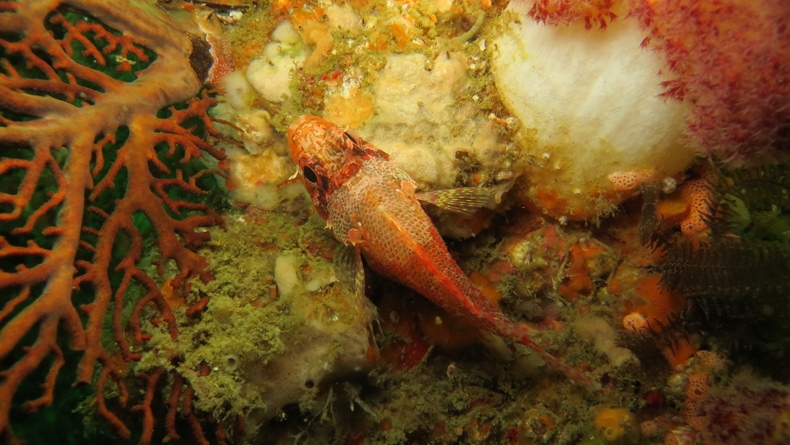
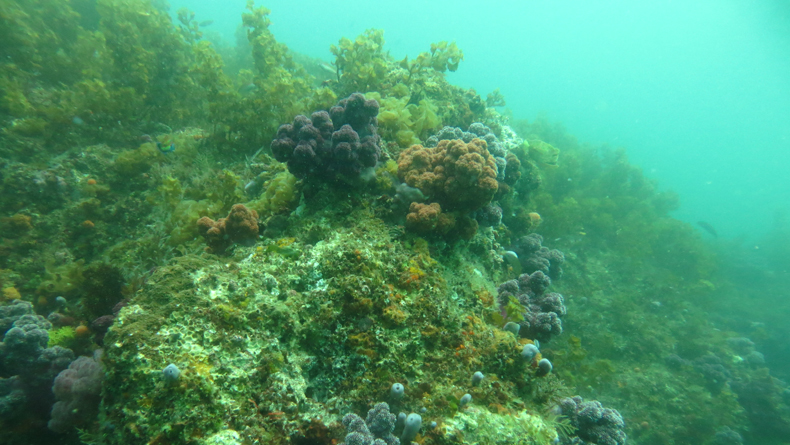
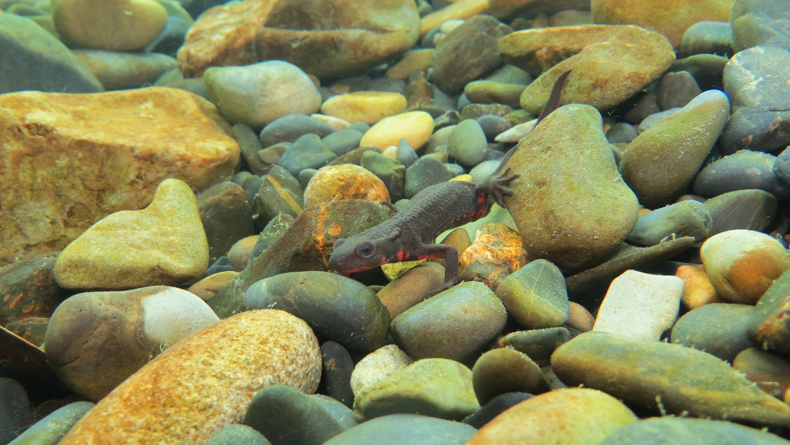
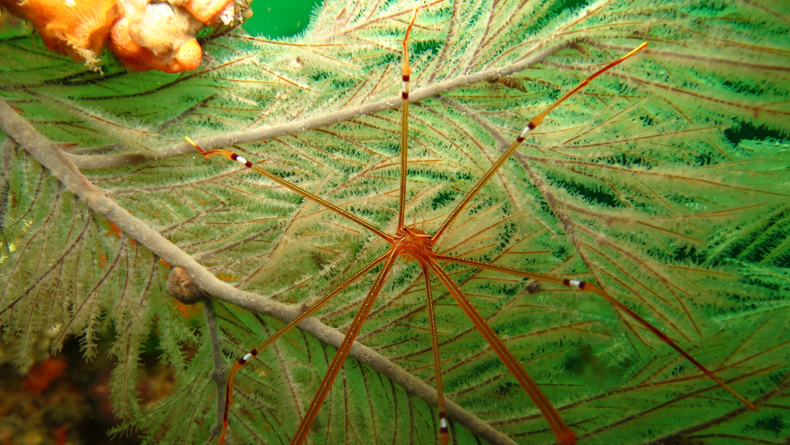
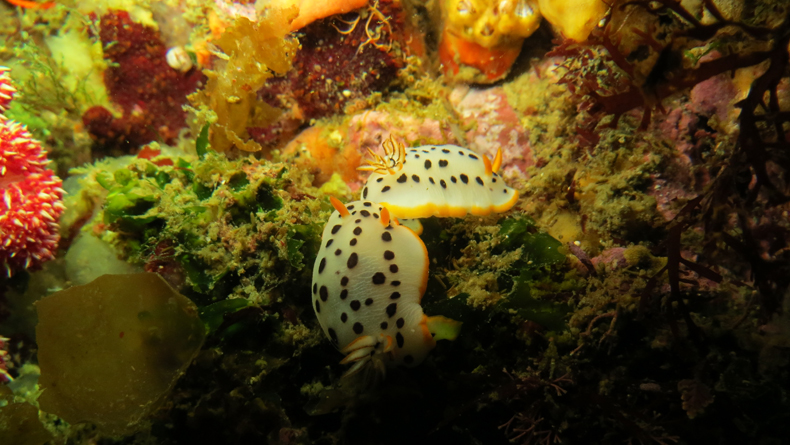











Leave a Reply